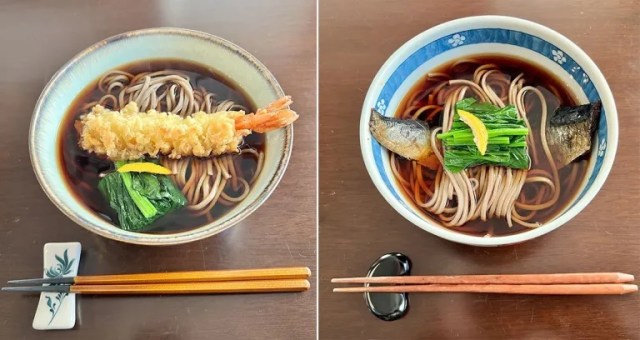
Our certified chef shares a trio of tips that anyone can do/will be impressed by.
There’s a beautiful simplicity to Japanese art, and that sensibility extends to the presentation of Japanese food. Even something as simple of a bowl of noodles can be made into an elegant feast for the eyes, if you know how to do it, and the process is probably easier than you think.
For example, that exquisitely arranged bowl of soba (buckwheat) noodles pictured above? That’s not from some fancy restaurant, but from the home kitchen of our Japanese-language reporter, Go Hatori.
▼ That’s Go on the left, with his head sticking out of a double-occupancy bodysuit during a recent sumo wrestling bout that took place in the SoraNews24 office.
Now, we should point out that in his younger days, Go spent three years working in a Tokyo soba restaurant, earning a professional cook’s license in the process.
▼ Go’s certification and accompanying placard
However, the tips he’s sharing today for beautiful noodle presentation don’t require years of restaurant experience of any high-level certifications. Instead, he’s got three quick pointers that will help transform your home-made noodles from a shabby looking unappealing mess into a mouthwatering marvel to gaze upon.
Go was especially keen to share these tips because of Japan’s toshikoshi soba (“year-changing soba”) culinary custom. As we’ve discussed (and happily experienced), pretty much everybody in Japan eats fried chicken on Christmas Eve, but there’s also a traditional food you’re supposed to have on New Year’s Eve: soba, with the folk wisdom that the long length of the soba noodles are symbolic of a long life, and so eating them on New Year’s Eve will bring you good health in the year to come.
As long as you’re eating buckwheat noodles on New Year’s, they count as toshikoshi soba, so the specific toppings are up to you, but Go will be going over some of the most popular, spinach, yuzu, and shrimp, for this soba beautification process.
● Tip 1: Preparing the spinach and yuzu
Spinach is a common soba topping, since it adds both nutrients and color. Go chose to prepare his ohitashi-style, simmering the vegetable in a mixture of dashi (bonito stock), soy sauce, and mirin (sweet cooking sake), but if you want to just boil it, that should work too.
Once the spinach is cooked, dunk it in a bowl of cold water (Go added some ice cubes to get his extra cold). Then squeeze the spinach firmly to drain off excess moisture, and chop it into bite-sized stacks, as shown in the bottom-right photo below.
This will help the spinach retain its shape and color, and you can even freeze the portion you won’t be using right away for a future meal.
Next, if you can get your hands on it, Go says to pick up a yuzu, a type of Japanese citrus fruit.
▼ Yuzu can be found at Japanese produce stands for as little as 100 yen (US$0.70).
Yuzu have a refreshing flavor, somewhere like a mix of orange and lemon, not as sweet as the former yet not as sour as the latter. The peel is also edible, and enticingly fragrant, and that’s the part we’re going to use to add a little extra dash of color to our bowl of noodles, plus enhance the aroma as steam rises from the hot broth.
Using a knife, cut a notch into the yuzu peel, then slice it into two small strips. This will leave you with a lot of leftover yuzu, but this too can be frozen, either for future bowls of soba or to use as a seasoning for other types of food and even drinks, such as a mixture of yuzu juice and honey.
● Tip 2: Crisp up that shrimp
Unless you’re using shrimp right out of the frying pan, odds are they’re going to be looking a little limp. That’s especially true if you’re using pre-made tempura shrimp, like the ones sold at Japanese supermarkets, which are convenient but often not as visually impressive.
But that’s OK! You can give your tempura shrimp a glow-up by heating it up in a toaster oven.
You’ll want to keep a close eye on it, Go says, because there’s a fine line between crisping/firing up the shrimp and burning it, especially since the shrimp itself is already cooked at this point. That watchfulness will be rewarded, though, with a firmer, more even texture.
● Tip 3: The lift-and-fold technique
This, Go says, is the most important pointer to remember, and it’s also the simplest. Take a look at that bowl of soba directly above? See how careless and haphazard it looks, with noodles floating every which way in the broth? There’s an easy way to fix that.
Using a pair of chopsticks (long cooking chopsticks work best for this), simply pick the noodles up…
…and put them back in the bowl, folding them gently back on themselves in the process.
The result?
A much more uniform sense of visual flow, which creates a more eye-pleasing backdrop as we add the shrimp…
…and then the spinach and yuzu, placing them so that no single ingredient completely obscures another, and signaling to our stomach, through our eyes, the various flavors we’re about to enjoy.
As a side note, this lift-and-fold technique also works for Japan’s other beloved long-noodle types, ramen and udon, so you can use it to make those look their best too.
As for the process of cooking that soba itself, it’s pretty self-explanatory. Any store-bought pack of uncooked soba will tell you how long to boil it in water (typically somewhere between one-and-a-half to three minutes) after which you heat up the broth separately and add the noodles. Soba broth bases are commonly available at Japanese markets, and are usually cut with water, with a 1:1 ratio producing a very strong flavor and most people adding more water until the taste suits their palate.
While he was at it, Go also whipped up a bowl of nishin (“herring”) soba, a variant that’s especially popular in Kyoto.
▼ Messy noodles
▼ Lift and fold…
▼ …slide in the grilled herring…
▼ …and add the spinach and yuzu.
As a side note, none of Go’s advice is something that Japanese etiquette requires you to do, and we’ll be the first to admit that when our growling stomachs are demanding we feed them ASAP, we’ve been known to just plunk everything into a bowl and start chowing down without spending even a second looking at it. But if you’ve got a few moments and are looking to impress someone, including possibly yourself, with how beautiful you can make a bowl of noodles look, these little tips can make a big difference.
Photos ©SoraNews24
● Want to hear about SoraNews24’s latest articles as soon as they’re published? Follow us on Facebook and Twitter!
[ Read in Japanese ]

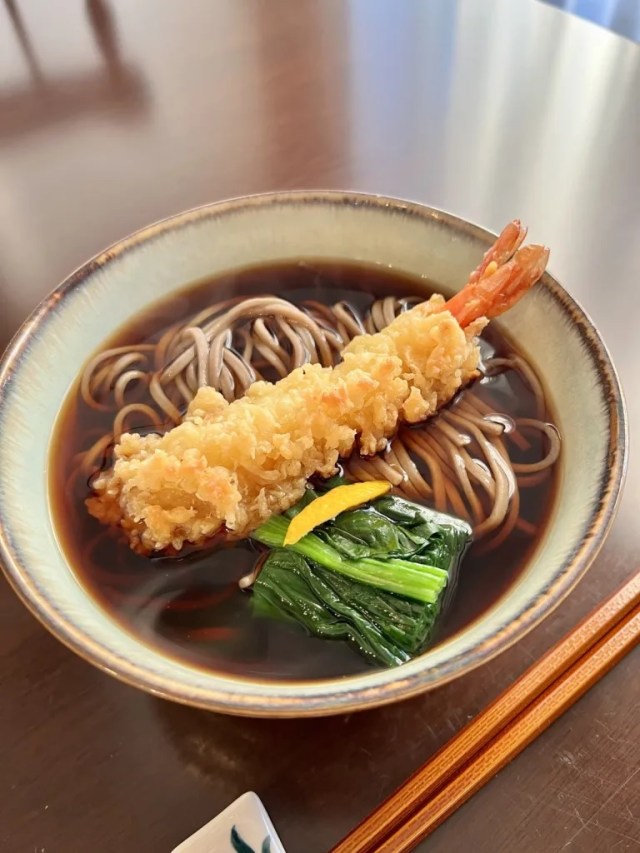

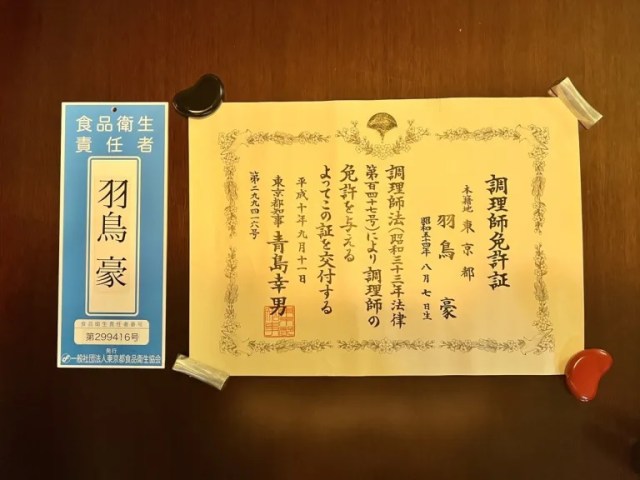
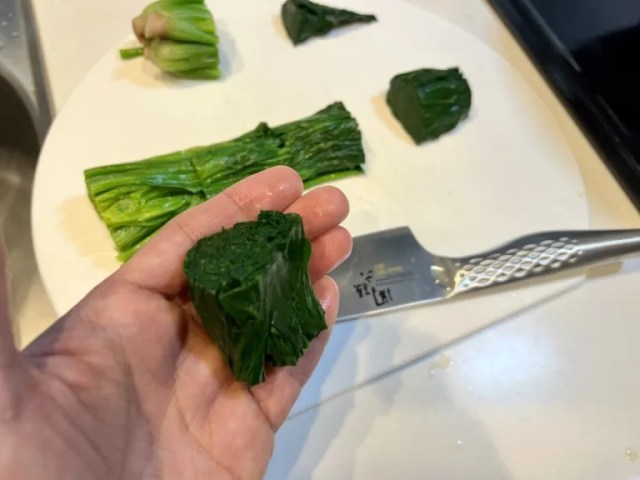
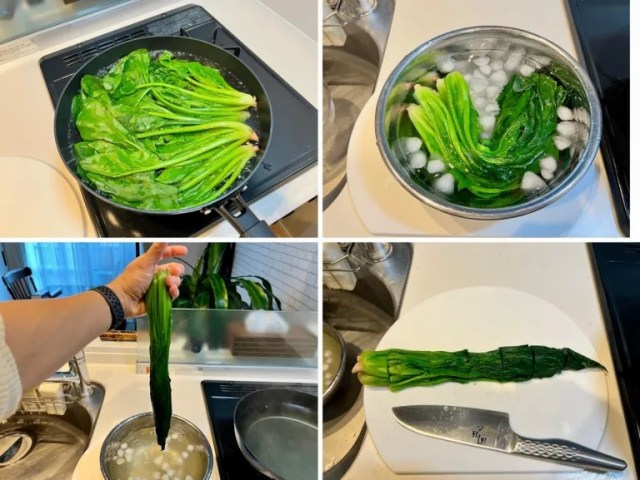
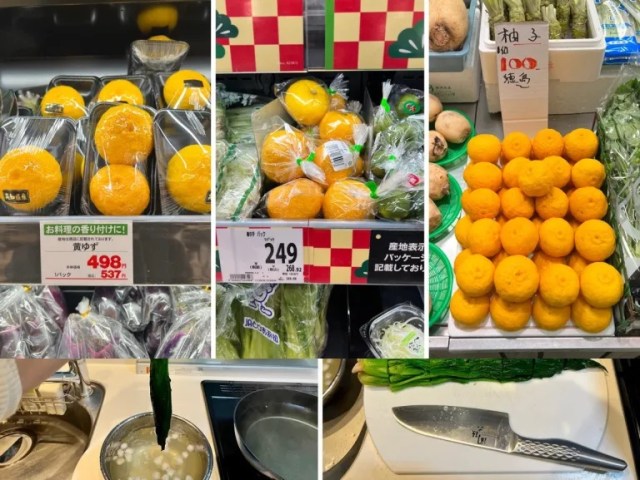
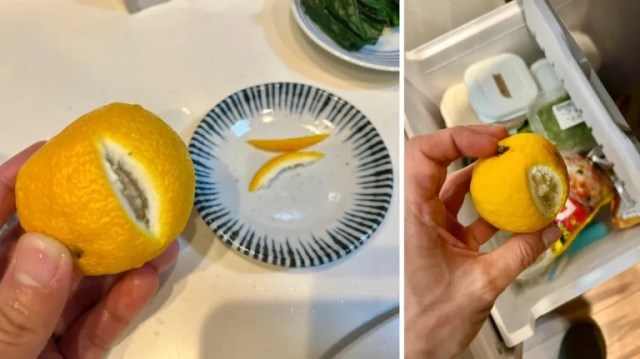
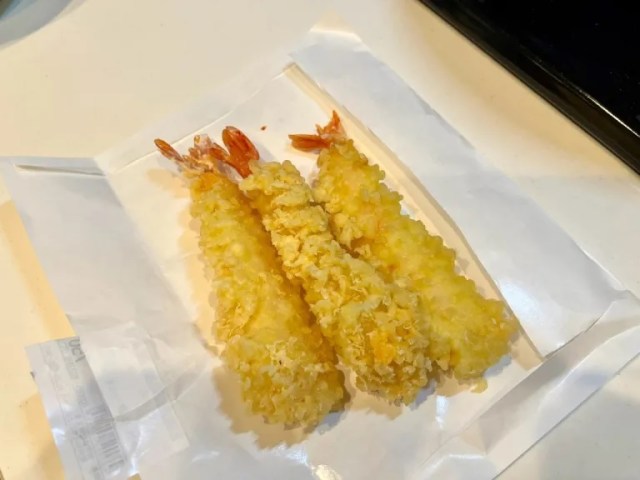
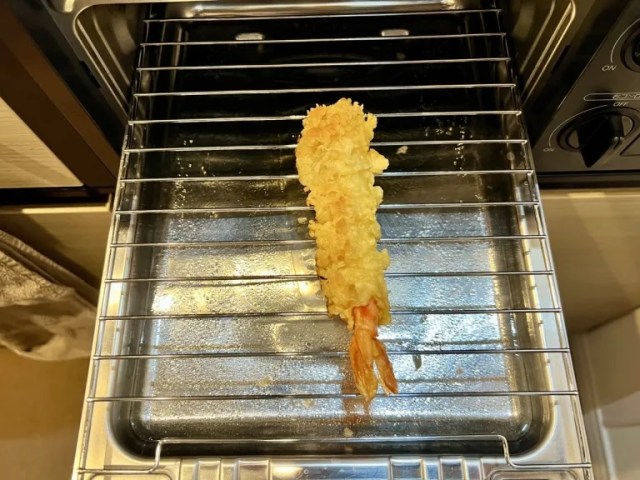
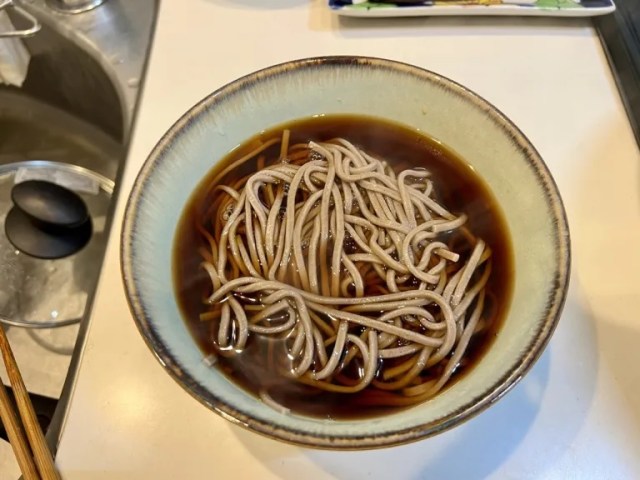

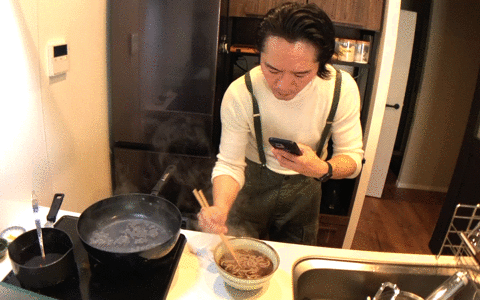
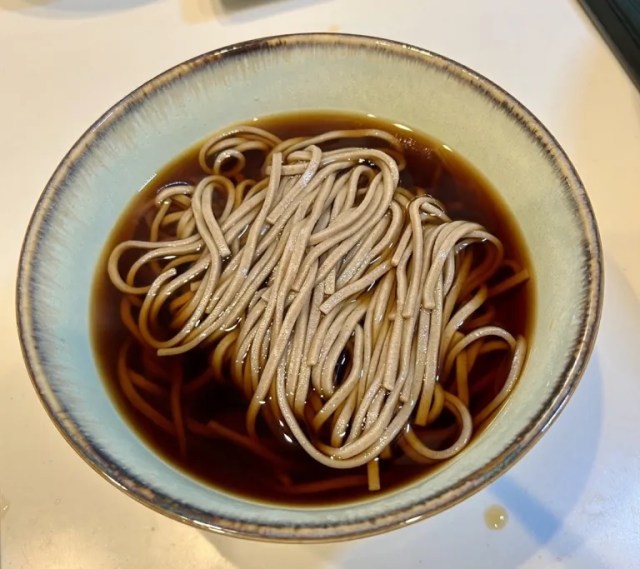
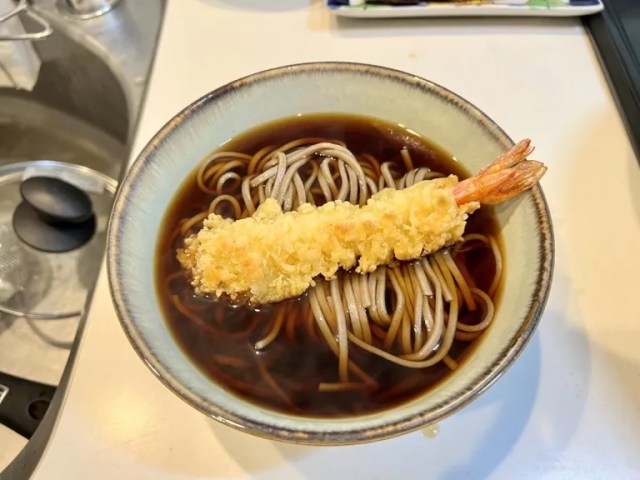
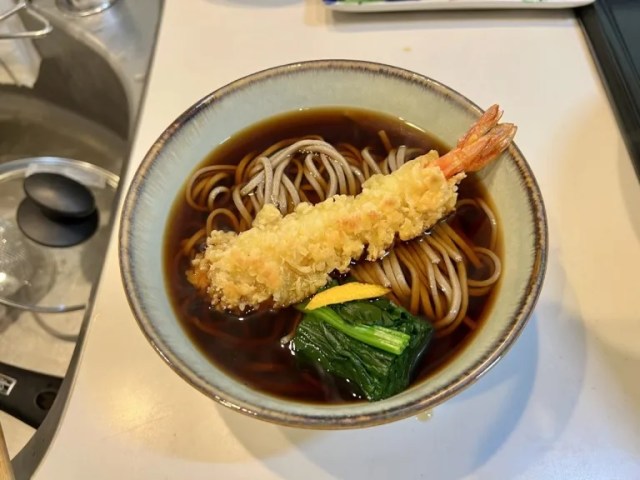
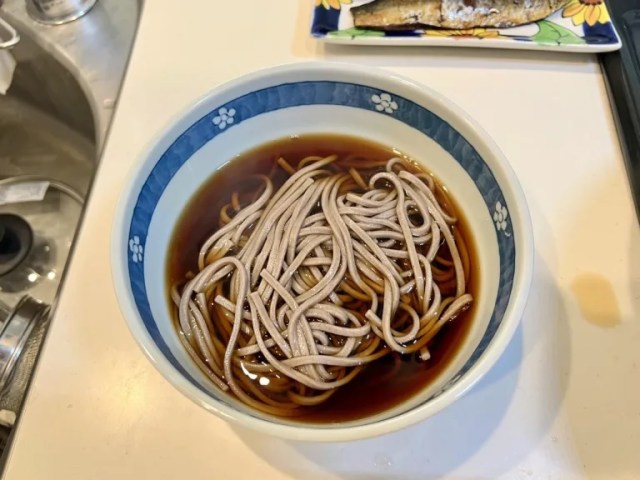
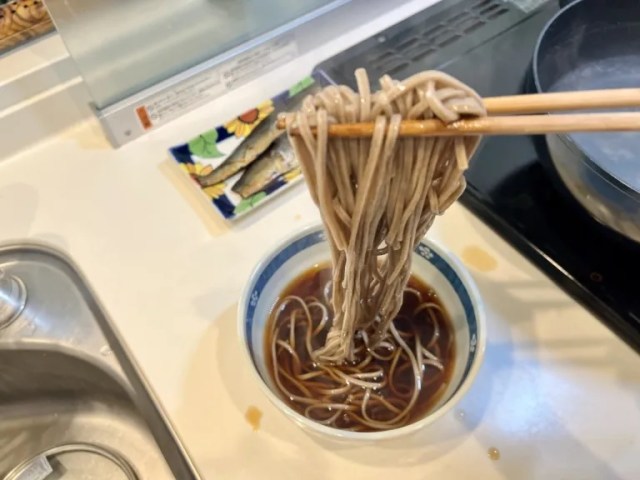
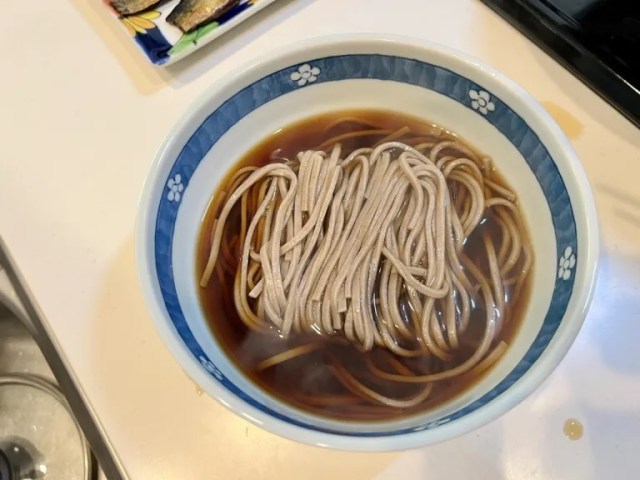

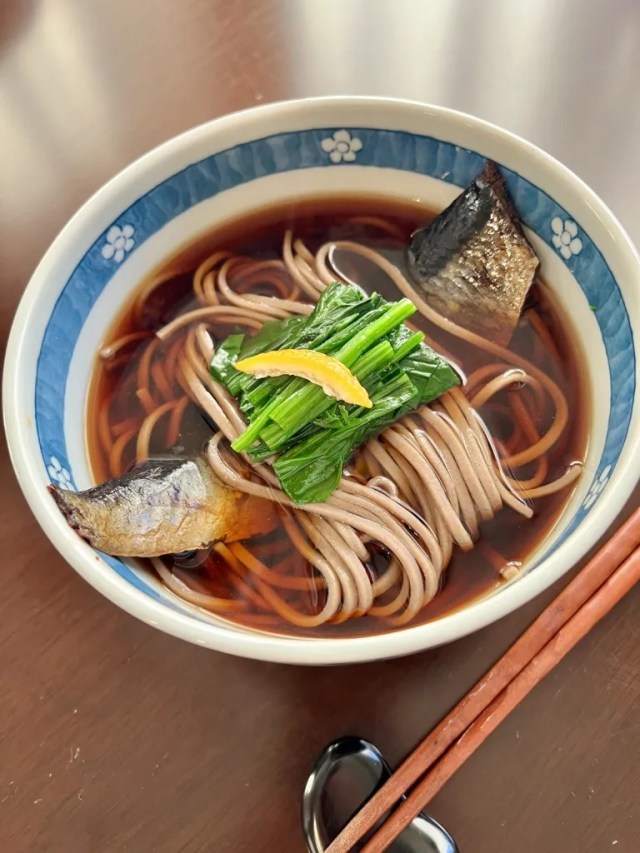
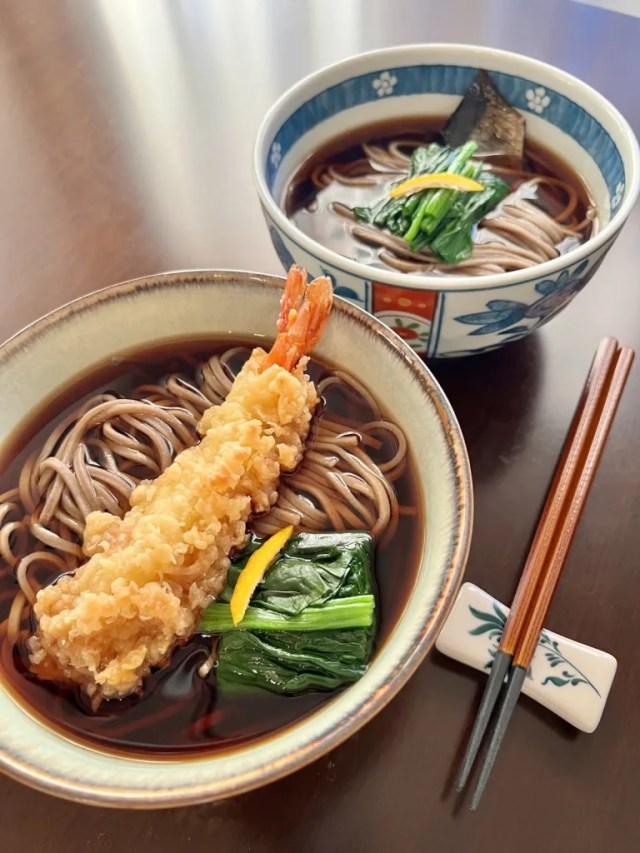
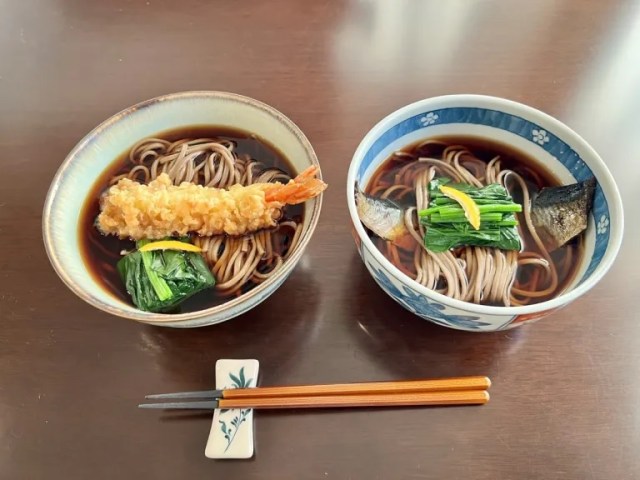
 How to make noodles look restaurant quality in just three seconds
How to make noodles look restaurant quality in just three seconds Why did this stand-and-eat soba noodle shop in Tokyo open in the middle of the pandemic?
Why did this stand-and-eat soba noodle shop in Tokyo open in the middle of the pandemic? Want some carbs with your carbs? Japanese noodle restaurant offering bread soba
Want some carbs with your carbs? Japanese noodle restaurant offering bread soba Japan’s first-ever wanko soba conveyor belt restaurant opens in Tokyo
Japan’s first-ever wanko soba conveyor belt restaurant opens in Tokyo We try cooking yakisoba with real Japanese buckwheat soba【SoraKitchen】
We try cooking yakisoba with real Japanese buckwheat soba【SoraKitchen】 Foreigner’s request for help in Tokyo makes us sad for the state of society
Foreigner’s request for help in Tokyo makes us sad for the state of society Seaside scenery, history, and so many desserts on Yokohama’s Akai Kutsu【Japan Loop Buses】
Seaside scenery, history, and so many desserts on Yokohama’s Akai Kutsu【Japan Loop Buses】 Mikado Coffee is a 76-year-old coffee chain with a major celebrity connection
Mikado Coffee is a 76-year-old coffee chain with a major celebrity connection Do Hi-Chew-flavor Hi-Chews have a reason to exist?【Taste test】
Do Hi-Chew-flavor Hi-Chews have a reason to exist?【Taste test】 Akihabara pop-up shop sells goods made by Japanese prison inmates
Akihabara pop-up shop sells goods made by Japanese prison inmates What it’s like to spend the night in a Pokémon hotel room
What it’s like to spend the night in a Pokémon hotel room Sakura tree falls on man at Sannenzaka near Kiyomizu temple in Kyoto 【Breaking News】
Sakura tree falls on man at Sannenzaka near Kiyomizu temple in Kyoto 【Breaking News】 Does the virgin-killing sweater really kill virgins?【Video】
Does the virgin-killing sweater really kill virgins?【Video】 Shohei Ohtani’s personal interpreter fired, accused of “massive theft” to pay off gambling debts
Shohei Ohtani’s personal interpreter fired, accused of “massive theft” to pay off gambling debts Spirited Away train station and submerged tracks attract Ghibli fans around Japan
Spirited Away train station and submerged tracks attract Ghibli fans around Japan McDonald’s new Happy Meals offer up cute and practical Sanrio lifestyle goods
McDonald’s new Happy Meals offer up cute and practical Sanrio lifestyle goods Japanese ramen restaurants under pressure from new yen banknotes
Japanese ramen restaurants under pressure from new yen banknotes French Fries Bread in Tokyo’s Shibuya becomes a hit on social media
French Fries Bread in Tokyo’s Shibuya becomes a hit on social media Studio Ghibli releases new action figures featuring Nausicaä of the Valley of the Wind characters
Studio Ghibli releases new action figures featuring Nausicaä of the Valley of the Wind characters Red light district sushi restaurant in Tokyo shows us just how wrong we were about it
Red light district sushi restaurant in Tokyo shows us just how wrong we were about it New private rooms on Tokaido Shinkansen change the way we travel from Tokyo to Kyoto
New private rooms on Tokaido Shinkansen change the way we travel from Tokyo to Kyoto Tokyo Tsukiji fish market site to be redeveloped with 50,000-seat stadium, hotel, shopping center
Tokyo Tsukiji fish market site to be redeveloped with 50,000-seat stadium, hotel, shopping center Beautiful Ghibli sealing wax kits let you create accessories and elegant letter decorations【Pics】
Beautiful Ghibli sealing wax kits let you create accessories and elegant letter decorations【Pics】 Japanese city loses residents’ personal data, which was on paper being transported on a windy day
Japanese city loses residents’ personal data, which was on paper being transported on a windy day Studio Ghibli releases Kiki’s Delivery Service chocolate cake pouches in Japan
Studio Ghibli releases Kiki’s Delivery Service chocolate cake pouches in Japan New definition of “Japanese whiskey” goes into effect to prevent fakes from fooling overseas buyers
New definition of “Japanese whiskey” goes into effect to prevent fakes from fooling overseas buyers Our Japanese reporter visits Costco in the U.S., finds super American and very Japanese things
Our Japanese reporter visits Costco in the U.S., finds super American and very Japanese things All-you-can-drink Starbucks and amazing views part of Tokyo’s new 170 meter-high sky lounge
All-you-can-drink Starbucks and amazing views part of Tokyo’s new 170 meter-high sky lounge More foreign tourists than ever before in history visited Japan last month
More foreign tourists than ever before in history visited Japan last month New Pokémon cakes let you eat your way through Pikachu and all the Eevee evolutions
New Pokémon cakes let you eat your way through Pikachu and all the Eevee evolutions Disney princesses get official manga makeovers for Manga Princess Cafe opening in Tokyo
Disney princesses get official manga makeovers for Manga Princess Cafe opening in Tokyo Sales of Japan’s most convenient train ticket/shopping payment cards suspended indefinitely
Sales of Japan’s most convenient train ticket/shopping payment cards suspended indefinitely Sold-out Studio Ghibli desktop humidifiers are back so Totoro can help you through the dry season
Sold-out Studio Ghibli desktop humidifiers are back so Totoro can help you through the dry season Japanese government to make first change to romanization spelling rules since the 1950s
Japanese government to make first change to romanization spelling rules since the 1950s Ghibli founders Toshio Suzuki and Hayao Miyazaki contribute to Japanese whisky Totoro label design
Ghibli founders Toshio Suzuki and Hayao Miyazaki contribute to Japanese whisky Totoro label design Doraemon found buried at sea as scene from 1993 anime becomes real life【Photos】
Doraemon found buried at sea as scene from 1993 anime becomes real life【Photos】 Tokyo’s most famous Starbucks is closed
Tokyo’s most famous Starbucks is closed One Piece characters’ nationalities revealed, but fans have mixed opinions
One Piece characters’ nationalities revealed, but fans have mixed opinions We asked a Uniqlo employee what four things we should buy and their suggestions didn’t disappoint
We asked a Uniqlo employee what four things we should buy and their suggestions didn’t disappoint Princesses, fruits, and blacksmiths: Study reveals the 30 most unusual family names in Japan
Princesses, fruits, and blacksmiths: Study reveals the 30 most unusual family names in Japan Which noodles, other than Okinawa soba, pair best with Okinawa soba broth?【Taste Test】
Which noodles, other than Okinawa soba, pair best with Okinawa soba broth?【Taste Test】 The top 10 most popular instant noodle brands at the start of 2021
The top 10 most popular instant noodle brands at the start of 2021 What the heck is okame soba?
What the heck is okame soba? We eat at the legendary Negidon, a Tokyo soba restaurant that’s only open for lunch on weekdays
We eat at the legendary Negidon, a Tokyo soba restaurant that’s only open for lunch on weekdays Popcorn shrimp udon, as in noodles with popcorn and shrimp, now on the menu in Tokyo【Taste test】
Popcorn shrimp udon, as in noodles with popcorn and shrimp, now on the menu in Tokyo【Taste test】 We find Italian Soba at an Aomori fish market that insisted it’s perfect for the beach
We find Italian Soba at an Aomori fish market that insisted it’s perfect for the beach Vending machine noodle ice cream: A retro icon in Japan brings joy to a new generation
Vending machine noodle ice cream: A retro icon in Japan brings joy to a new generation Tokyo’s new frozen ramen vending machines are brain-breakingly amazing【Taste test】
Tokyo’s new frozen ramen vending machines are brain-breakingly amazing【Taste test】 What does a family restaurant in the middle of nowhere, Hokkaido, serve? We find out
What does a family restaurant in the middle of nowhere, Hokkaido, serve? We find out Wasabi and salt flavored instant soba released to help cope with summer heat
Wasabi and salt flavored instant soba released to help cope with summer heat Shibuya City Office serves up insanely cheap soba noodles, but are they any good?
Shibuya City Office serves up insanely cheap soba noodles, but are they any good? We check out Kawaichi, a crazy good soba shop in Akihabara
We check out Kawaichi, a crazy good soba shop in Akihabara Japanese restaurant chain shows us how to make katsudon in three minutes【SoraKitchen】
Japanese restaurant chain shows us how to make katsudon in three minutes【SoraKitchen】 The best soba restaurant on Yakushima island, according to locals
The best soba restaurant on Yakushima island, according to locals We ate all eight kinds of cold noodles from 7-Eleven and here’s our favourites【Taste test】
We ate all eight kinds of cold noodles from 7-Eleven and here’s our favourites【Taste test】
Leave a Reply